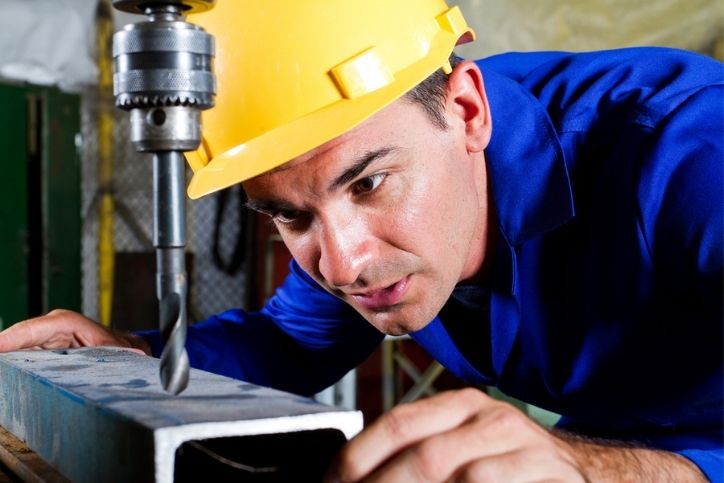Using a drill press can significantly streamline your woodworking and metalworking projects. However, it is crucial to understand how to safely use a drill press to prevent accidents and produce high-quality craftsmanship. This guide will provide you with essential tips for safe and efficient operation.

Introduction to Drill Presses
Drill presses are versatile tools found in many workshops. They are ideal for precise drilling and can handle various materials. Knowing the right technique is key to making the most of this tool while ensuring safety.
Parts of a Drill Press
Before diving into operation, familiarize yourself with the main parts of a drill press: the head, table, base, column, and spindle. Understanding these components helps in the proper setup and operation.
The Head
The head houses the motor and controls. It is important for setting speeds and engaging/disengaging the drill.
The Table
The adjustable table serves as a support for your materials, allowing precise drilling.
Setting Up for Safety
Proper setup is critical. Ensure the drill press is on a stable surface and that all parts are tightly secured. This minimizes vibrations and improves precision.
Choosing the Right Bit
Selecting the correct drill bit for your material is essential. A wrong bit can lead to poor results or potential hazards. Consider factors such as bit size, material, and intended hole size.
Adjusting the Speed
Adjust the drill press speed according to the bit and material. Too fast or too slow can damage both the tool and the workpiece.
Operating the Drill Press
When operating, keep safety goggles on. Ensure the workpiece is securely clamped to avoid movement.
Engaging the Drill
With the power on, gently lower the drill bit onto the material. Maintain steady pressure without forcing the bit through.
Post-Operation Safety
After drilling, turn off the drill press and wait for it to come to a complete stop before removing the workpiece.
Maintaining Your Drill Press
Regular maintenance extends the lifespan of a drill press. Clean the machine after each use, and check for wear and tear.
Lubrication
Keep the moving parts well-lubricated to prevent friction and ensure smooth operation.
Checking Alignments
Periodically verify that the table and spindle are aligned. Misalignment can affect precision.
Advanced Safety Tips
For those using drill presses frequently, consider advanced safety setups like electronic cut-off switches and dust extraction systems.
Implementing Safety Gear
Invest in personal protective equipment (PPE) such as gloves and ear protection if working in a larger, noisier workshop.
Additional Resources
For more insights, this article on drill press uses can provide further guidance.

FAQs
What is the primary purpose of a drill press?
A drill press is mainly used for precise drilling on various materials, ensuring consistent hole alignment.
How often should I maintain my drill press?
Regular checks and cleaning are recommended after each use, with more in-depth maintenance monthly.
Can I use any drill bit with a drill press?
It’s essential to choose drill bits specifically designed for the material you’re working with to ensure safety and effectiveness.
Internal Links
For further reading, explore our articles on leak detection innovation, revolutionary patents, and ML algorithms.
This article contains affiliate links. We may earn a commission at no extra cost to you.

